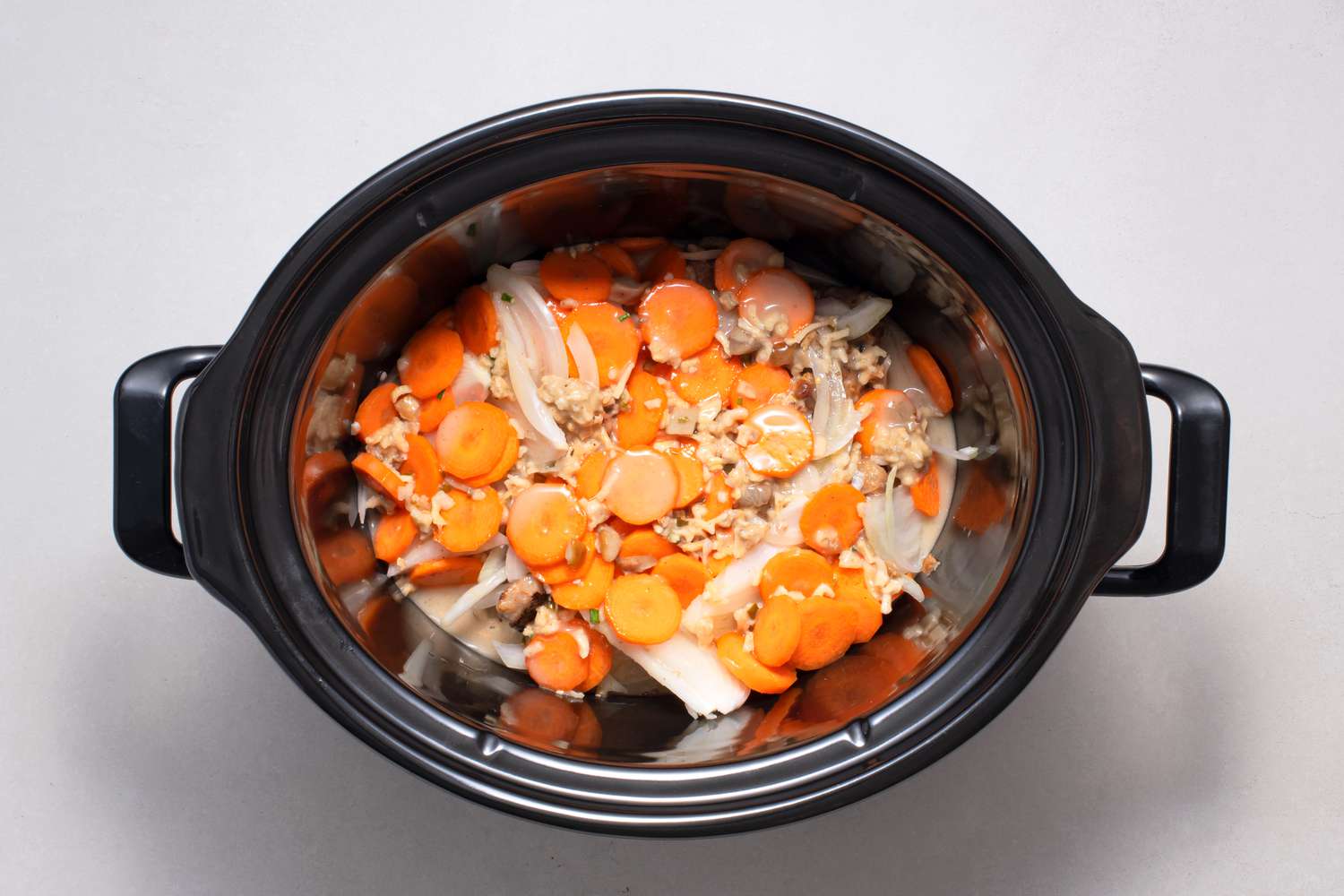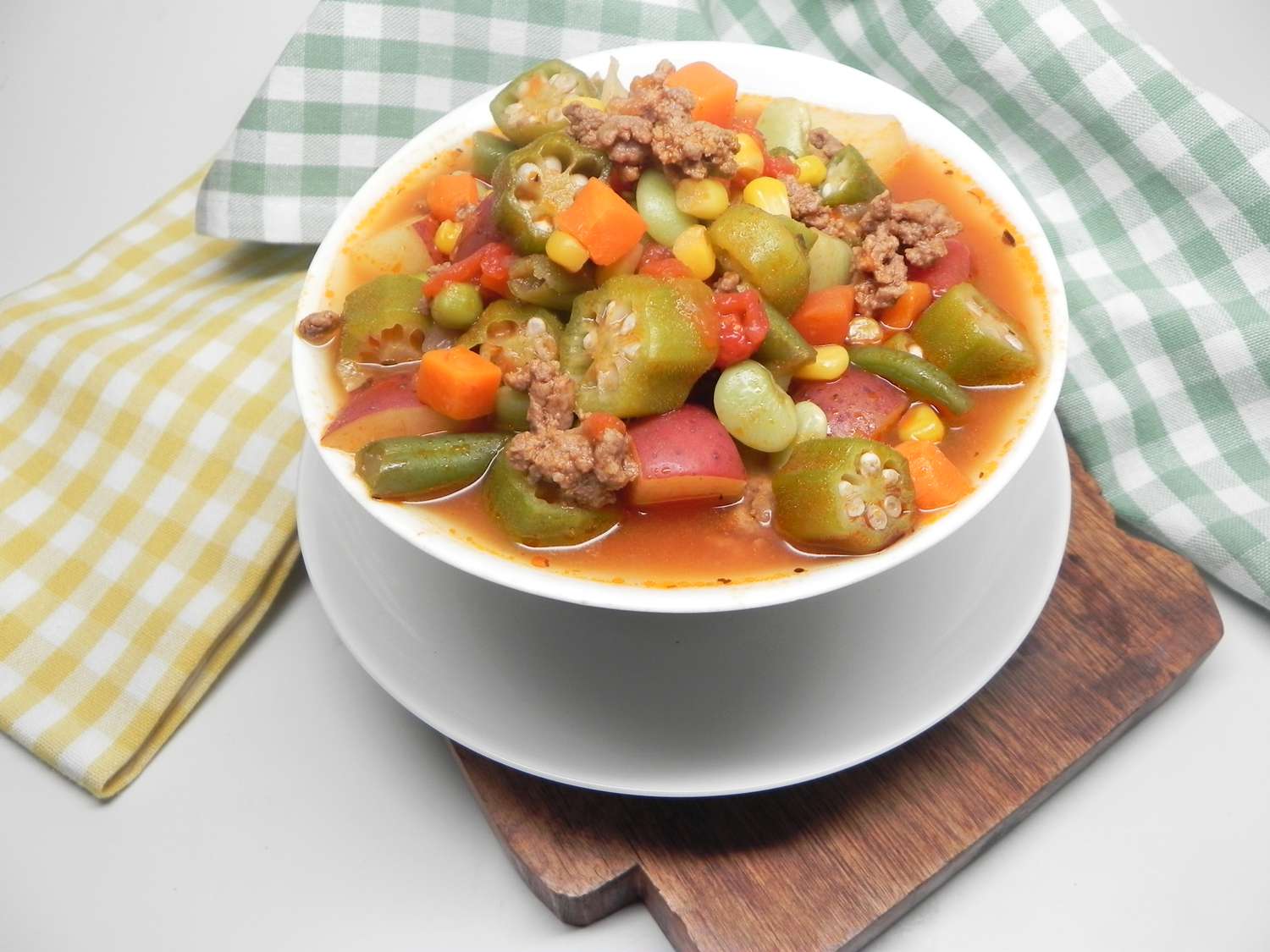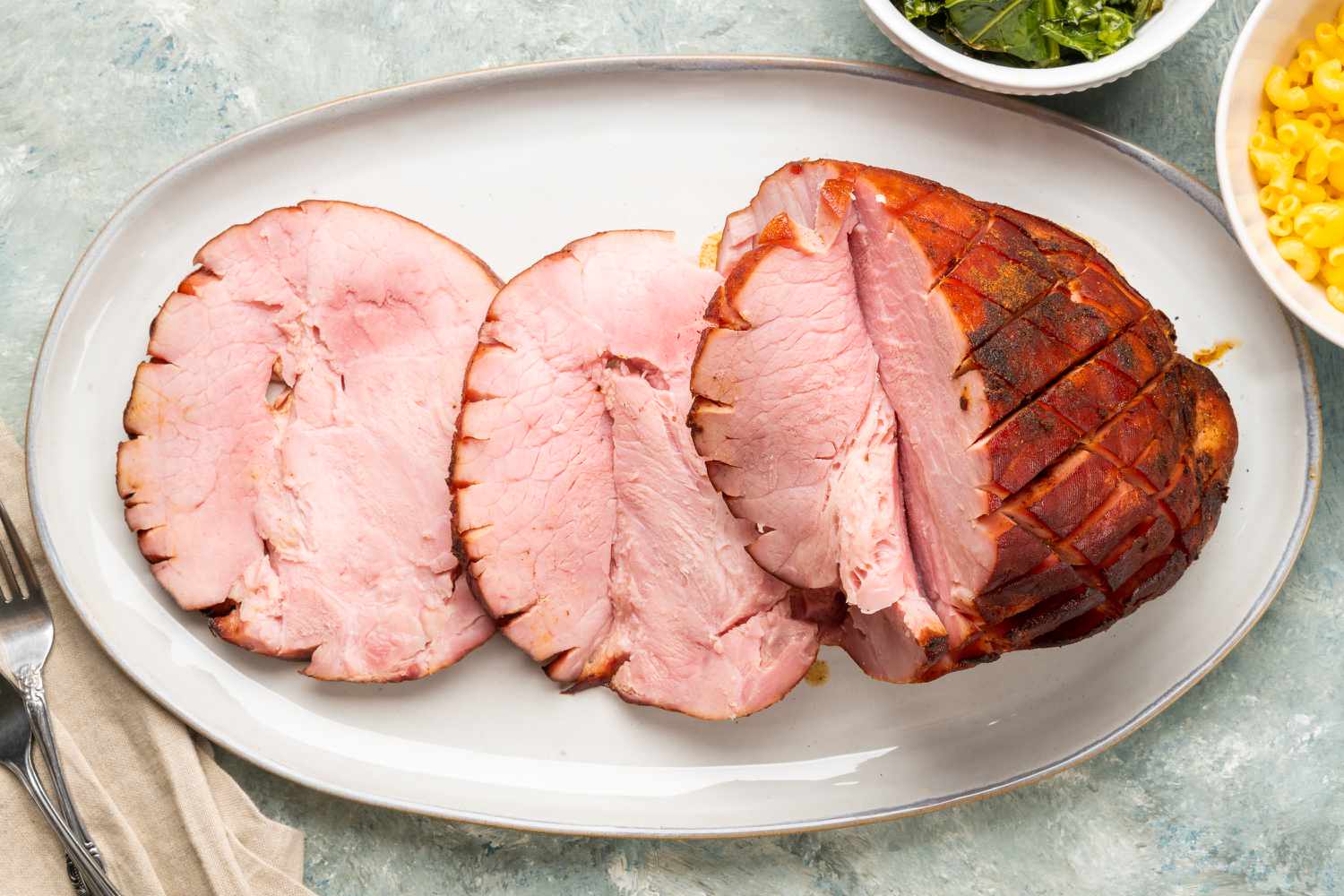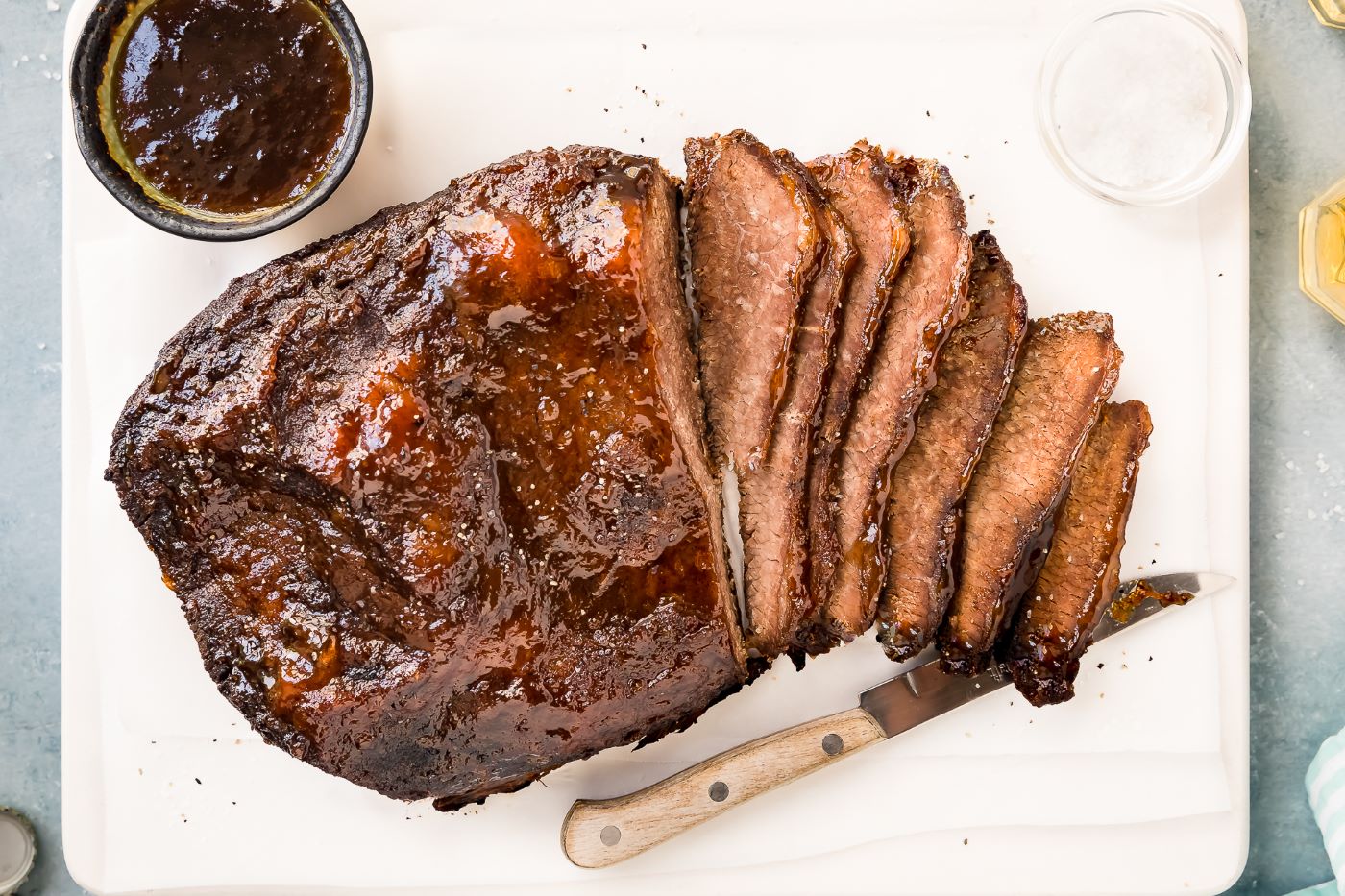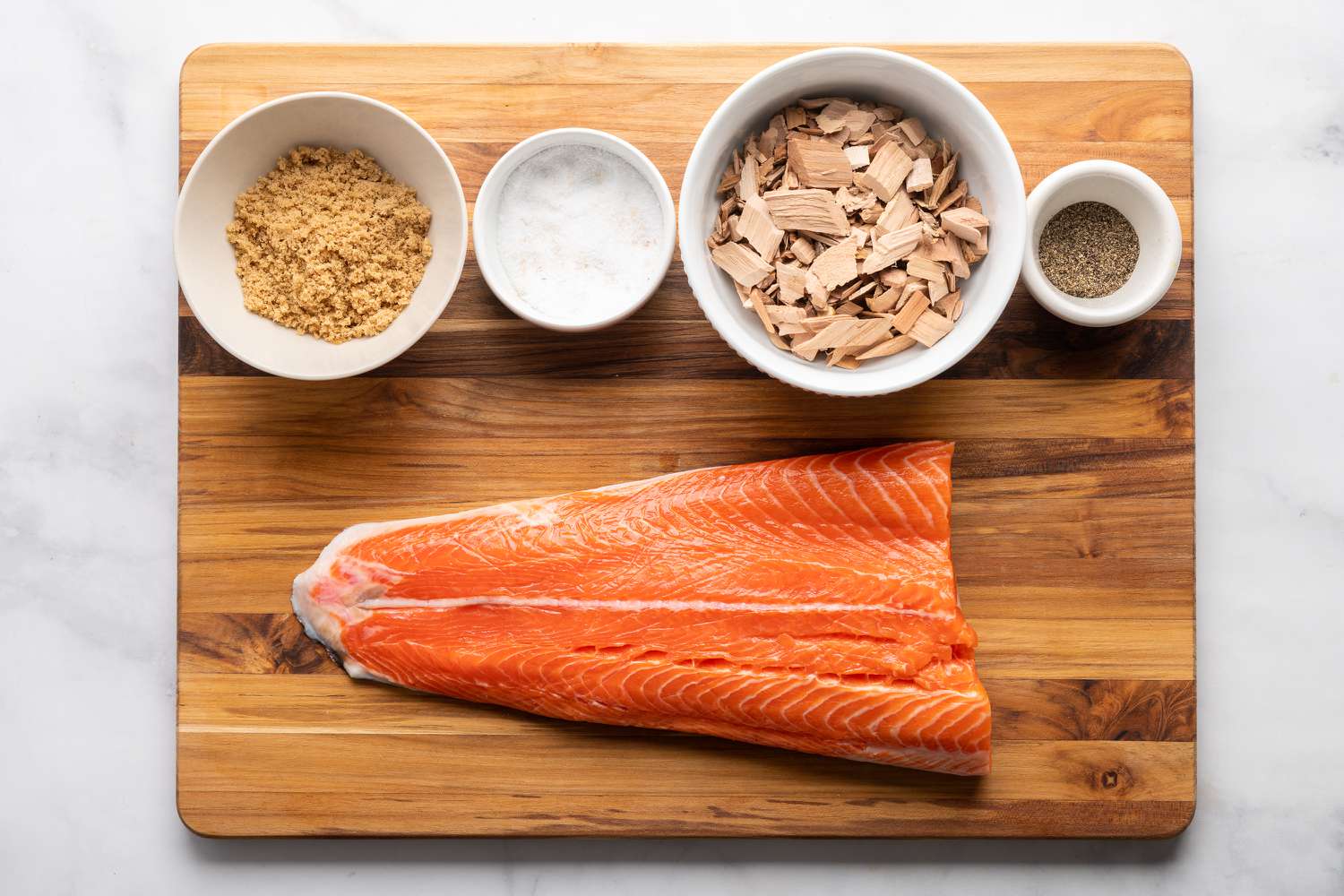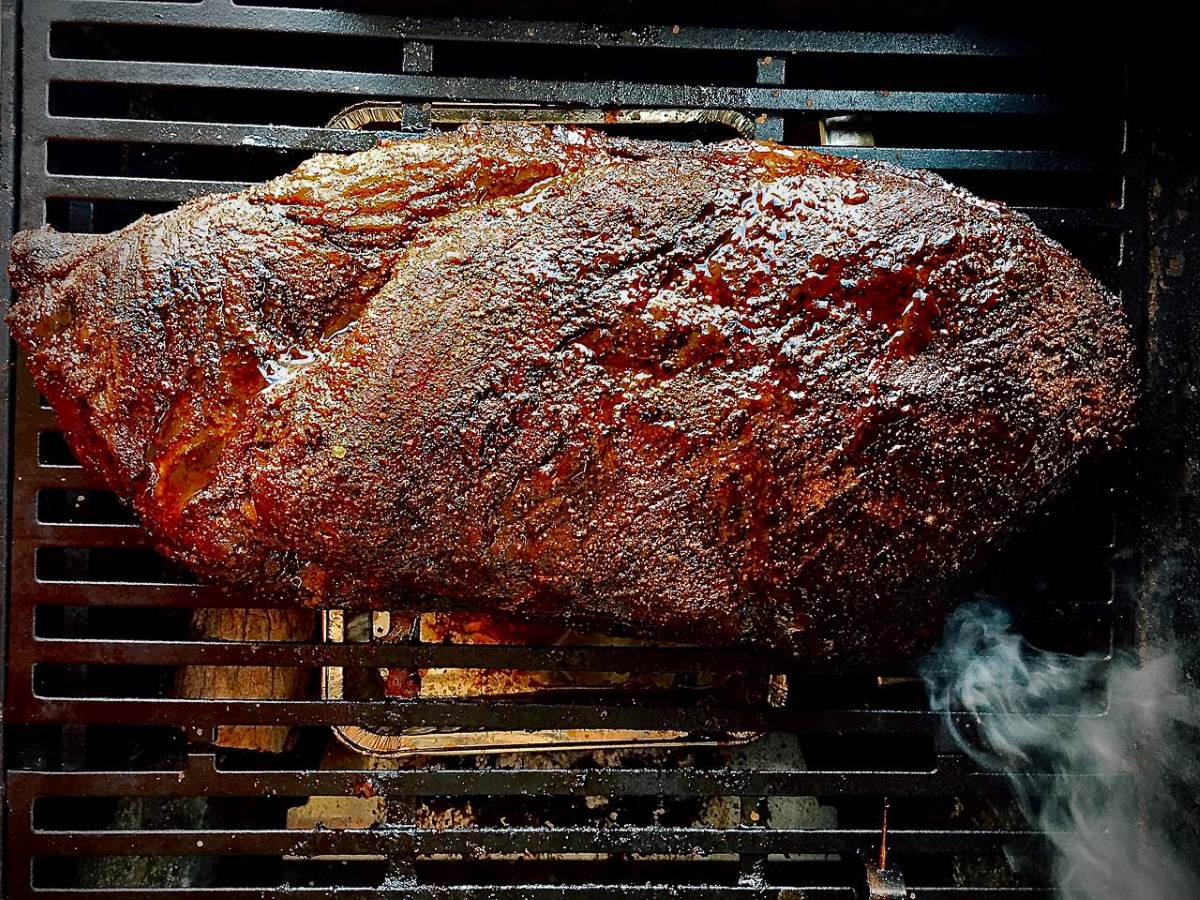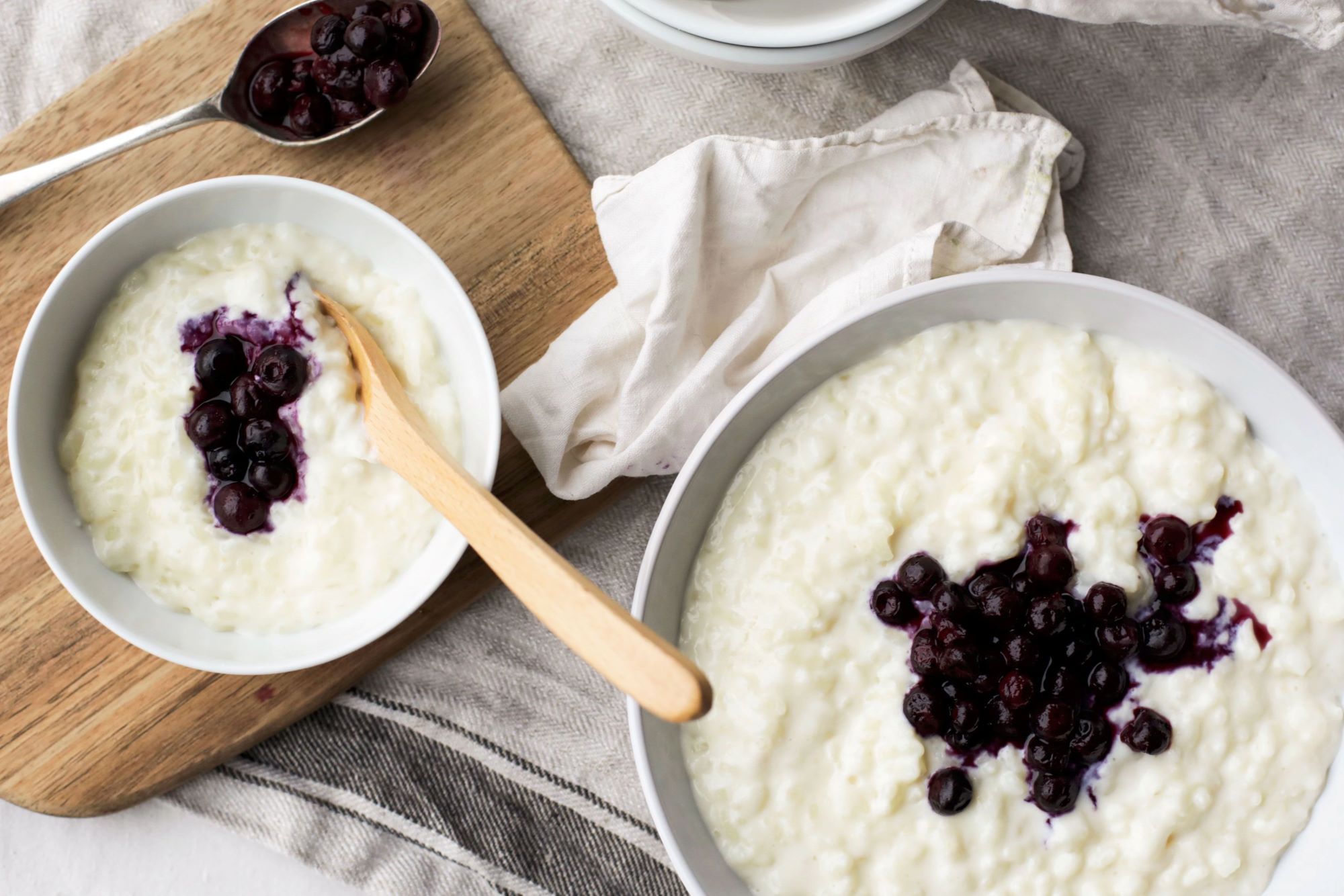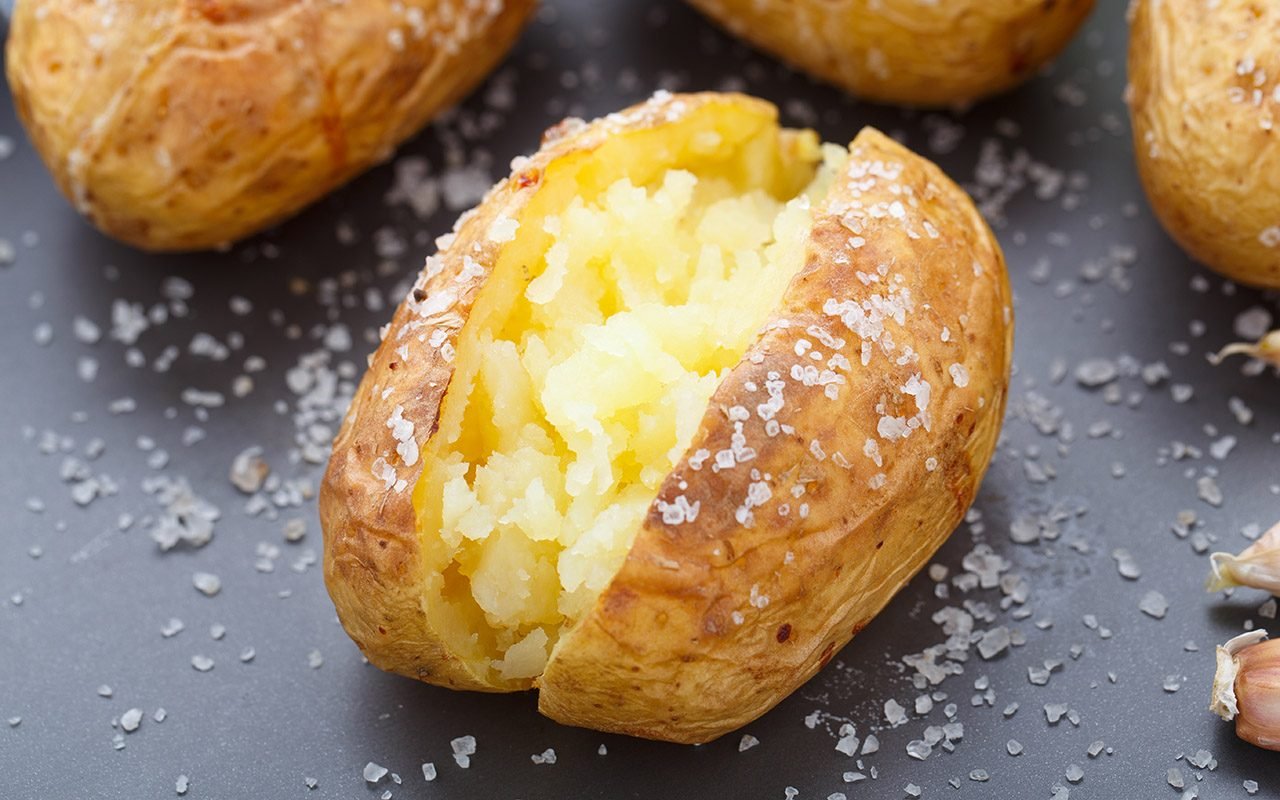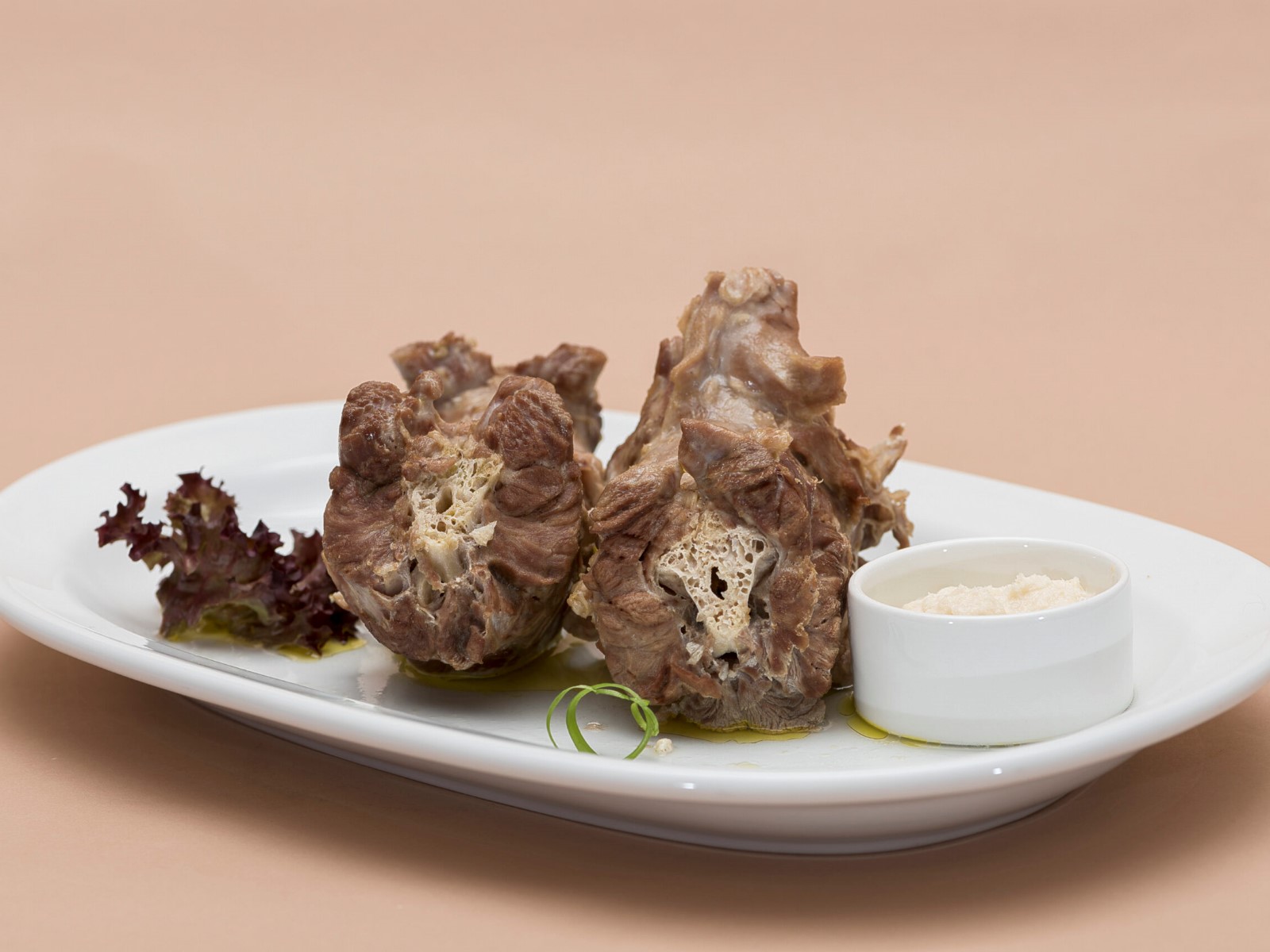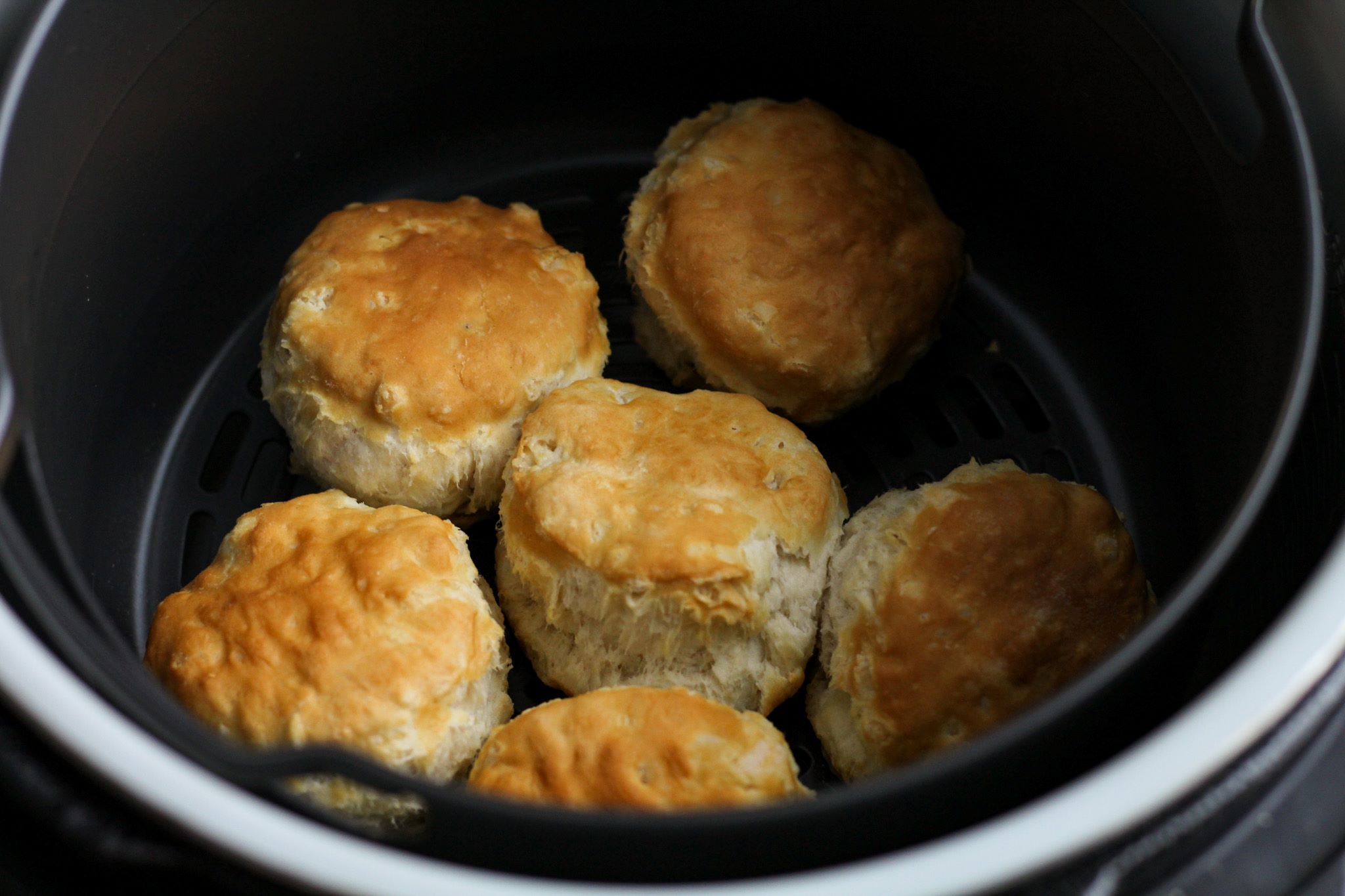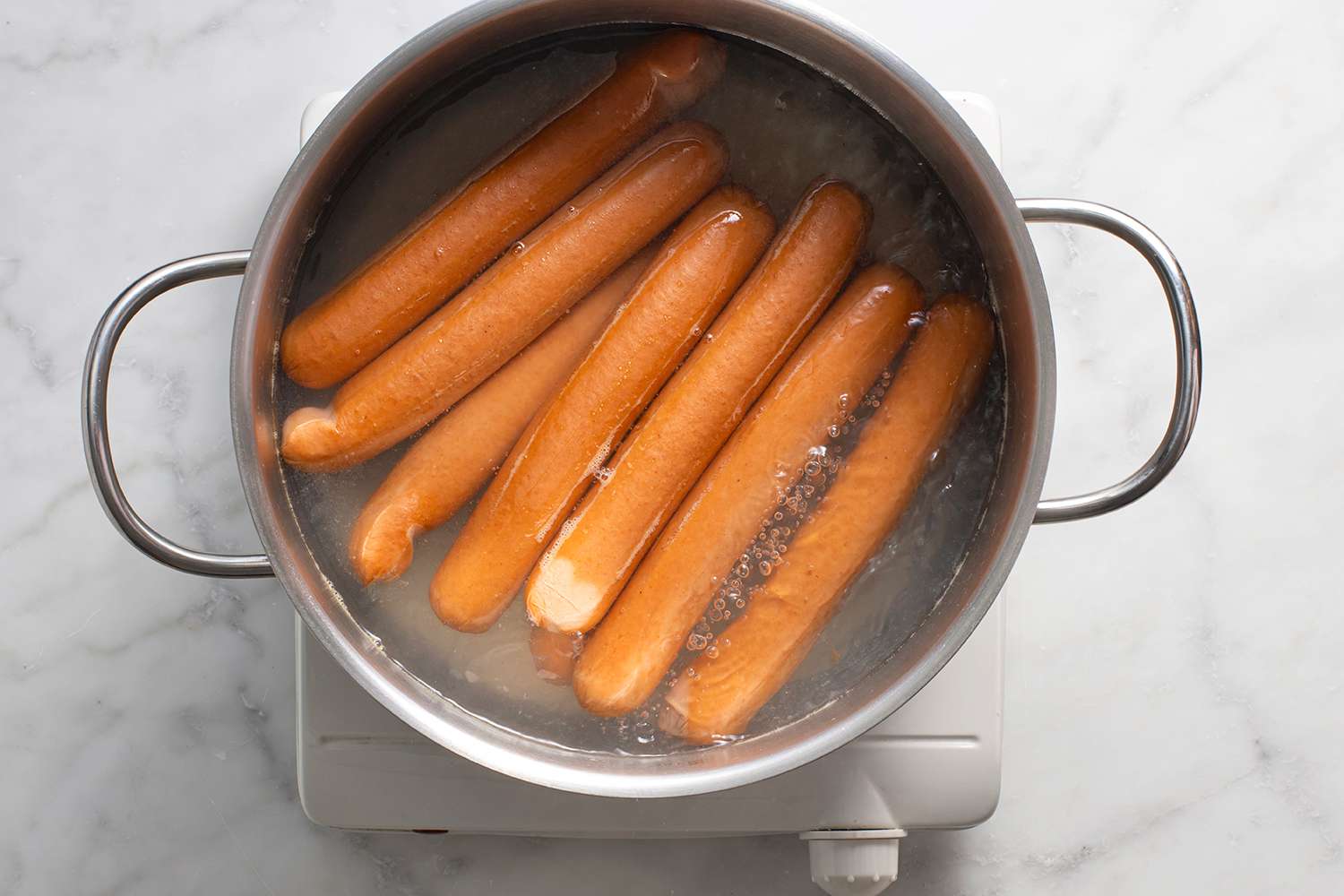Mastering the Art of Cooking with a Gas Stove
There’s something timeless and satisfying about cooking on a gas stove. The instant heat, precise control, and even distribution make it a favorite amongst culinary enthusiasts. Whether you’re a seasoned chef or just starting your culinary journey, mastering the art of cooking with a gas stove is a skill that can elevate your meals to the next level. Follow these tips to unlock the full potential of your gas stove:
1. Safety First
Before diving into the world of gas stove cooking, it’s essential to prioritize safety:
- Ensure that your gas stove is installed and maintained by a professional. Regular inspections are crucial to identify and fix any potential gas leaks.
- Keep the area around your gas stove clean and free of flammable materials.
- Always double-check that all burners are turned off after cooking.
2. Igniting the Flame
Unlike electric stoves, gas stoves require manual ignition to start the flames. Follow these steps:
- Turn the gas knob to the “Off” position and wait for a few minutes to allow any accumulated gas to dissipate.
- Turn the knob to the desired burner and push down on the ignition switch while simultaneously turning the knob to the “Light” or “High” position.
- Once the flame ignites, adjust the flame to the desired level.
3. Achieving the Perfect Temperature
One of the advantages of cooking with a gas stove is the ability to quickly adjust the temperature. Use the following tips for precise temperature control:
- For high heat, turn the knob to the highest setting. This is ideal for boiling water, searing meat, or achieving a crispy exterior on vegetables.
- For medium heat, turn the knob to the middle range. This is suitable for sautéing, simmering, and reducing sauces.
- For low heat, turn the knob to the lowest setting. This is perfect for gentle simmering, keeping sauces warm, or melting chocolate without scorching.
4. Cookware Selection
Choosing the right cookware is essential for optimal gas stove cooking:
- Use flat-bottomed pans that sit securely on the stove grates to ensure even heat distribution.
- Pans with a thicker bottom or multiple layers are ideal for preventing hot spots and promoting even cooking.
- Avoid using warped or damaged cookware as it can lead to uneven cooking and potential accidents.
5. Mastering Gas Stove Techniques
To become a true gas stove aficionado, familiarize yourself with these popular cooking techniques:
- Sautéing: Heat oil or butter over medium to high heat in a wide skillet. Add the ingredients and cook while stirring continuously.
- Simmering: Bring a liquid to a gentle boil, then reduce the heat to maintain a low, steady simmer. This technique is perfect for soups, stews, and sauces.
- Flame Broiling: Place food directly on the grill grates, close to the flame, for a flavorful charred exterior.
- Wok Cooking: Utilize the intense heat of a gas stove to cook stir-fries quickly in a wok. The high flames help create that distinctive smoky flavor.
With these tips and techniques, you’ll soon be a gas stove master, impressing your friends and family with delicious homemade meals. Remember, practice makes perfect, so embrace the possibilities that cooking with a gas stove brings. Happy cooking!
Explore More Recipes and Tips
Mastering the art of cooking on a gas stove opens up a world of culinary possibilities. For those eager to put their skills to the test, a variety of recipes await. Why not start with the Perfectly Seared Steak Recipe? The direct control of heat on a gas stove makes it ideal for achieving that desirable crust. If you're in the mood for something hearty, the Classic Beef Stew Recipe utilizes the simmering capability of the stove to tenderize beef to perfection. For a delightful twist on breakfast, try the Delicate Poached Eggs Recipe. Gas stoves provide the gentle heat necessary for poaching eggs just right. Each of these recipes leverages the precise temperature control that gas stoves offer, ensuring delicious outcomes that are sure to impress.
– Precise heat control: Gas stoves provide instant heat adjustments, allowing you to increase or decrease the flame intensity as needed.
– Even heat distribution: Gas burners provide more uniform heat distribution, ensuring that your food is cooked evenly.
– Quick temperature changes: Gas stoves heat up and cool down faster compared to electric stoves, making it easier to execute delicate cooking techniques.
– Versatility: Gas stoves work well with various cookware materials, making them suitable for a wide range of cooking styles.
1. Make sure the burner dials are turned off.
2. Find the burner you want to light and align a match or lighter near the burner.
3. Turn the corresponding dial to the “ignite” or “light” position while simultaneously igniting the match or lighter.
4. Once the burner ignites, adjust the flame to the desired heat level.
– Ensure proper ventilation in the kitchen to prevent the buildup of gas fumes.
– Regularly check gas connections and hoses for any leaks.
– Keep flammable objects, such as kitchen towels and curtains, away from the open flames.
– Never leave a gas stove unattended while it is in use.
– In case of a gas smell or suspected leak, turn off the gas supply, open windows to ventilate the area, and contact a professional to assess the situation.
1. Make sure the burners are turned off and cool before starting the cleaning process.
2. Remove the grates and caps from the burners and soak them in warm, soapy water.
3. Wipe down the stovetop using a mild cleaner or a mixture of warm water and vinegar.
4. Use a non-abrasive sponge or cloth to avoid scratching the surface.
5. Scrub the grates and caps with a brush or sponge, then rinse and dry them thoroughly before placing them back on the stove.
Explore More Recipes and Tips
Mastering the art of cooking on a gas stove opens up a world of culinary possibilities. For those eager to put their skills to the test, a variety of recipes await. Why not start with the Perfectly Seared Steak Recipe? The direct control of heat on a gas stove makes it ideal for achieving that desirable crust. If you're in the mood for something hearty, the Classic Beef Stew Recipe utilizes the simmering capability of the stove to tenderize beef to perfection. For a delightful twist on breakfast, try the Delicate Poached Eggs Recipe. Gas stoves provide the gentle heat necessary for poaching eggs just right. Each of these recipes leverages the precise temperature control that gas stoves offer, ensuring delicious outcomes that are sure to impress.
Was this page helpful?
Read Next: How To Cook Red Cabbage For Roast Dinner
